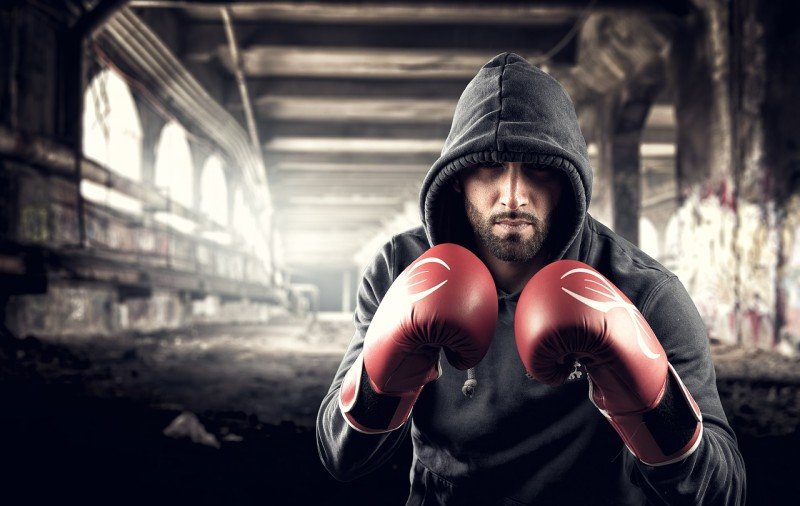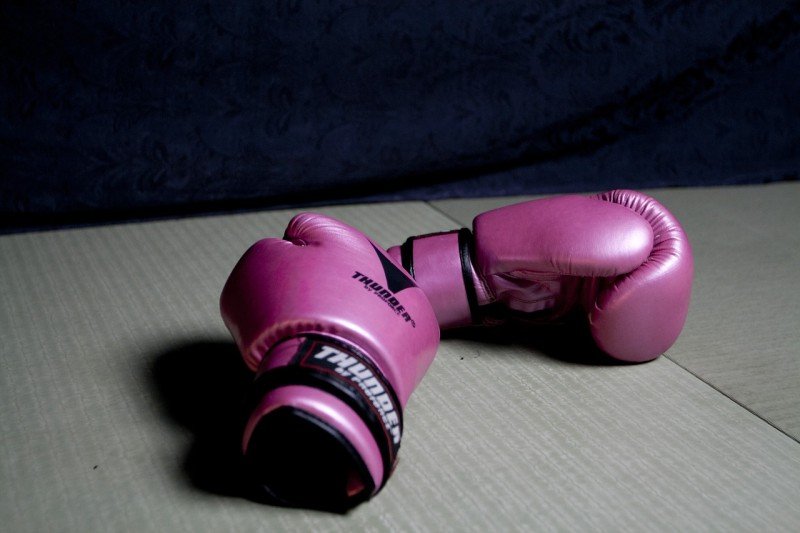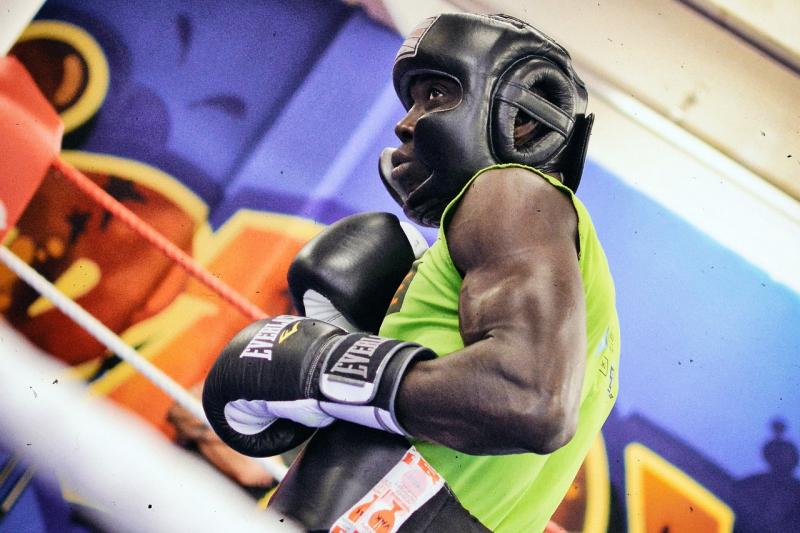Boxing is a combat sport that requires immense physical strength, skill, and strategy. As thrilling as it may be to watch, it also comes with inherent risks that must be acknowledged and addressed to ensure the safety of the fighters involved. In recent years, the boxing world has taken significant steps to prioritize fighter protection and minimize the occurrence of injuries.
The primary safety measure implemented in boxing is the mandatory use of protective gear. Every boxer, regardless of their level of experience, must wear gloves, mouthguards, and headgear during training sessions and professional bouts. These protective gears play a crucial role in reducing the impact of punches and minimizing the risks of head trauma, dental injuries, and facial fractures. By enforcing the use of such equipment, boxing authorities demonstrate their commitment to fighter safety.
In addition to protective gear, regular medical examinations and evaluations are vital safety measures in boxing. Before participating in any official match, boxers must undergo thorough medical check-ups to assess their overall health and fitness level. These examinations help identify any pre-existing conditions that could put the boxer at risk or hinder their performance. Furthermore, all boxers are required to have an annual MRI and brain evaluation to detect any signs of potential brain damage or other long-term health complications.
Furthermore, promoting proper training techniques and implementing rules and regulations is crucial in ensuring fighter safety. Boxing organizations and coaches continuously educate boxers on the importance of proper technique and the potential consequences of using improper form in training or during a fight. By strictly adhering to the rules that prohibit certain moves, such as hits to the back of the head, kidney punches, or low blows, boxing authorities aim to minimize the occurrence of severe injuries and protect the overall well-being of the fighters.
Understanding Boxing Injuries: Identifying Risks and Dangers
Boxing is a physically demanding and intense sport that requires strength, agility, and endurance. While it is a thrilling and popular sport, it is not without its risks and dangers. Understanding these risks is essential in ensuring the safety and well-being of boxers.
One of the most common boxing injuries is a concussion. Being hit repeatedly in the head can cause the brain to hit against the skull, resulting in a concussion. This can lead to symptoms such as dizziness, confusion, nausea, and in severe cases, even loss of consciousness. Immediate medical attention should be sought if any signs of a concussion are present.
Another risk in boxing is hand and wrist injuries. With constant punching, it is common for boxers to suffer from fractures, sprains, and even dislocations in their hands and wrists. These injuries can be debilitating and can take weeks or even months to heal. Wearing proper hand wraps and gloves can significantly reduce the risk of these injuries.
Lastly, cuts and abrasions are also common in boxing. Due to the nature of the sport, boxers often sustain cuts from punches or the rubbing of gloves against their skin. While minor cuts can be treated, deeper cuts may require stitches or even plastic surgery. Additionally, the risk of infection is high, so proper wound care is crucial.
Essential Protective Gear: Safeguarding Boxers in the Ring
Essential Protective Gear: Safeguarding Boxers in the Ring
Boxing is an intense sport that demands physical strength, skill, and strategy. As fighters exchange powerful punches in the ring, their safety becomes a top priority. To ensure their well-being and minimize the risk of injuries, boxers rely on various essential protective gear.
Boxing Gloves: One of the most vital pieces of equipment for boxers is their gloves. Designed to cushion the impact of punches, boxing gloves help prevent significant injuries to the hands and face. These padded gloves not only safeguard the fighter's knuckles, but they also reduce the risk of fractures and concussions on contact. With the support and protection provided by gloves, boxers can focus on their technique and unleash their full potential without compromising their safety.
Mouthguards: Another indispensable piece of protective gear is the mouthguard. A mouthguard is a flexible plastic device that covers the upper teeth and gums, acting as a shock absorber during blows to the face. It not only protects the teeth from getting knocked out, but also helps prevent jaw fractures and concussions. By ensuring the stability of the teeth and supporting the structure of the jaw, a mouthguard significantly reduces the risk of serious injuries while promoting optimal performance in the ring.
Headgear: While the use of headgear in professional boxing may vary, it is commonly employed in amateur and training settings. Headgear provides padded protection to the head, including the temples, cheeks, and chin. Its purpose is to reduce the impact of punches and minimize the risk of cuts, bruises, and concussions. Although the effectiveness of headgear in preventing concussions is still debated, it undeniably serves as an additional layer of defense against injuries during training and amateur bouts, prioritizing the boxer's well-being.
Promoting Boxer Well-being: Measures for Injury Prevention
Boxing is a physically demanding and high-impact sport that carries a risk of injuries, both acute and chronic. To ensure the safety and well-being of boxers, it is crucial to implement effective measures for injury prevention. By prioritizing boxer safety, we can promote the longevity of their careers and their overall health. Here are some essential steps to protect fighters from injuries:
1. Regular Medical Check-ups: It is imperative for boxers to undergo thorough medical examinations before participating in any fights. These check-ups help identify any pre-existing conditions or underlying health issues that may increase the risk of injuries. Regular check-ups also allow for monitoring the boxers' overall health and detecting early signs of any potential problems. 2. Proper Training and Technique: A solid foundation of training is key to preventing injuries in boxing. Boxers should follow a carefully designed training program that focuses on skill development, agility, strength, and conditioning. Emphasizing proper technique during training sessions is crucial to prevent unnecessary strain on the body and reduce the risk of acute injuries. 3. Adequate Protective Gear: Wearing appropriate protective gear is vital in safeguarding boxers during their fights and training sessions. Gloves, mouthguards, headgear, and groin protectors are essential pieces of equipment that can significantly reduce the risk of concussions, dental injuries, and other head-related trauma. Regular inspections and replacements of worn-out gear should also be mandatory to maintain their effectiveness. 4. Injury Rehabilitation and Rest: When injuries do occur, proper rehabilitation and rest are crucial for a boxer's recovery. Ignoring injuries or rushing back into training too soon can lead to further damage and long-term consequences. Encouraging fighters to listen to their bodies and providing them with access to quality medical care and rehabilitation services is of utmost importance.


